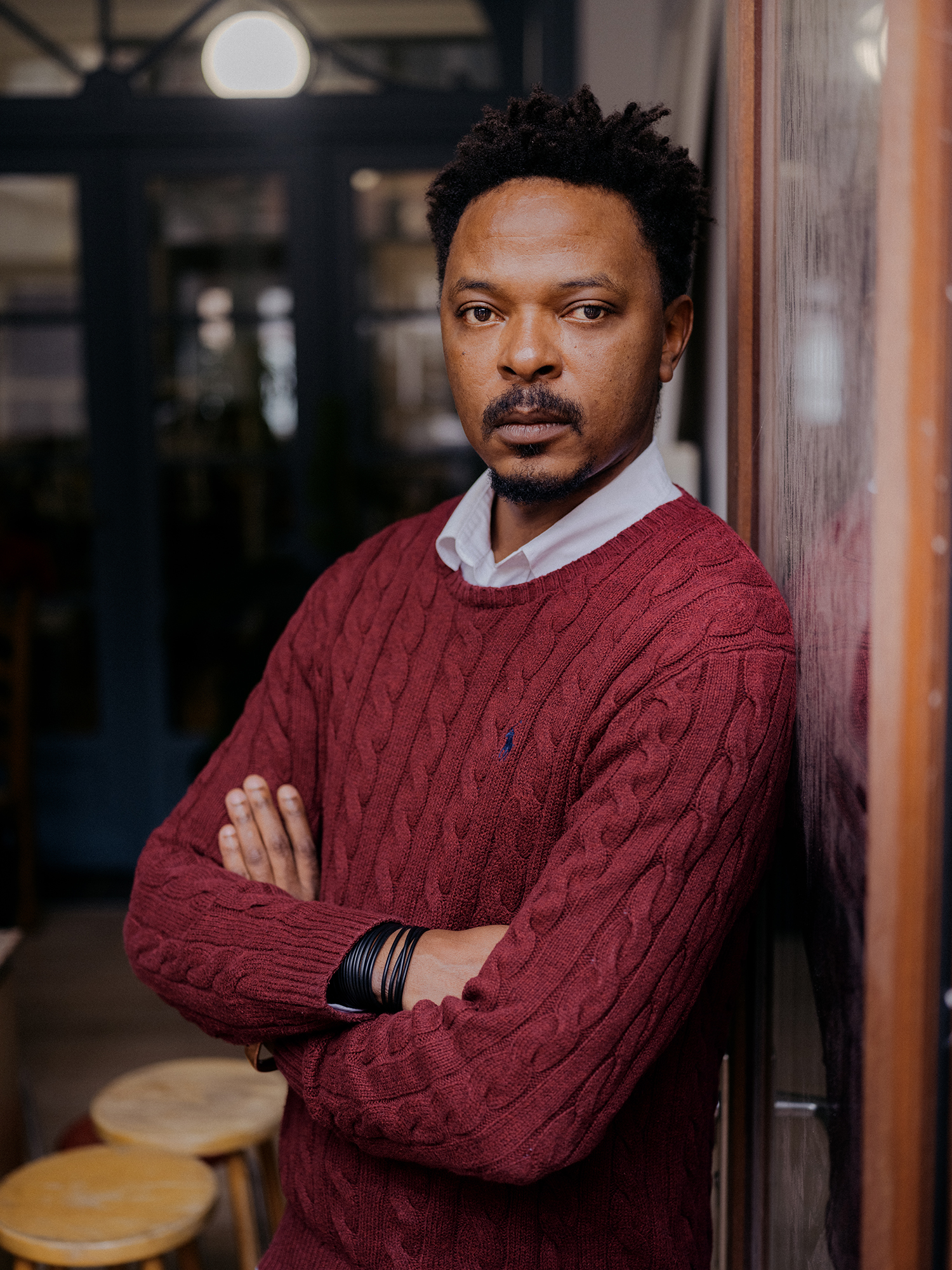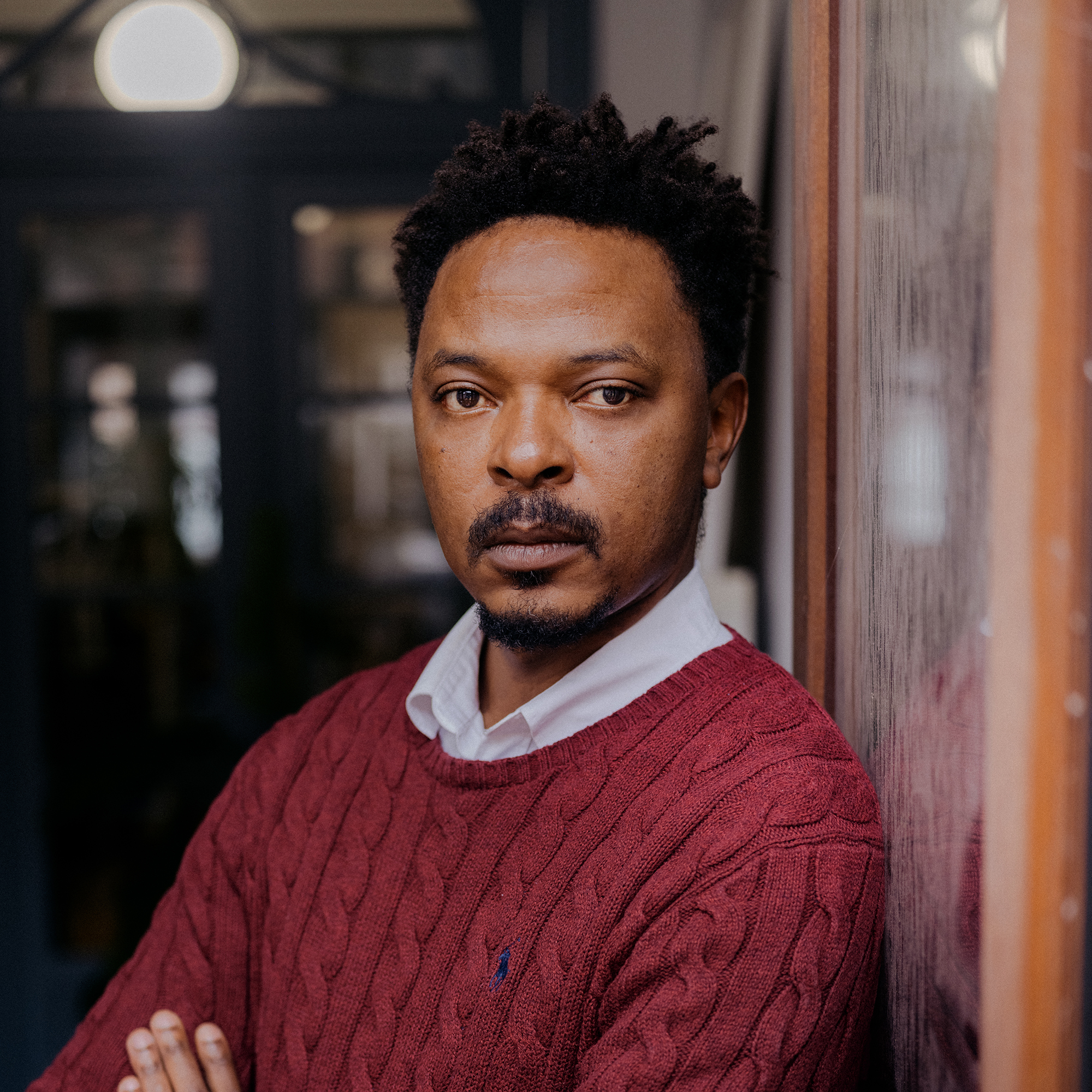As Baloji’s career has developed, so have the forms his artmaking takes: his survey exhibitions at Goldsmiths CCA in London, which closed in January, and at the National Museum of Contemporary Art Athens, which opened in April, showed his sculpture, photography and video work mediating, variously, the precolonial Kongo empire and Europe, as well as the effects of colonialist violence and extraction. This year the founder of the Picha Encounters photo biennial also released his first feature-length film, The Tree of Authenticity, which utilises the archive from the Yangambi National Institute of Agronomic Studies and Research to dig into the ecology and politics of the Congo Basin, and how, as one Guardian reviewer thought, ‘extraction can take many forms, even within the context of sustainability’. Countless screenings of Baloji’s works were held this year, from the ICA London to Fondazione Prada in Milan. Baloji explained to the Italian audience that ‘the story of Yangambi is not only about Congo. It is the story of the global economy and its consequences on people and the environment.’
Advertisement
Power 100
Most influential people in 2025 in the contemporary artworld
- 202531
- 202417
- 202311
- 202067
- 2019
- 2018
- 2017
- 2016
- 2015
- 2014
- 2013
- 2012
- 2011
- 2010
- 2009
- 2008
- 2007

Related articles
Advertisement
Advertisement
